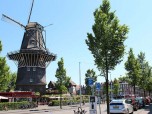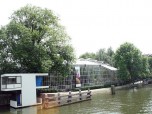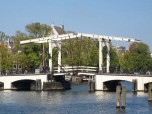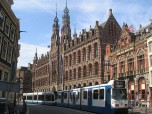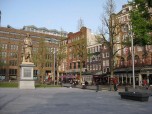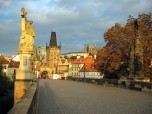Currently, Rijksmuseum is located on the Museumplein in Amsterdam, Netherlands. It was established back in nineteenth century. It was initially created in The Hague and was later transferred to Amsterdam. . The museum is open from Monday through Sunday from 9:00am to 6:00pm except for Fridays because they closed at 8:30pm. The museum is closed on certain holidays such as New Years Day. An entrance fee of 11 Euros will be charged for adults. Children under the age of 18 and below can enter for free.
The world’s famous Dutch National Museum is called Rijksmuseum locally. Back then, King Louis Napoleon wanted to make Amsterdam as the center for arts and science so in 1908, the king decided to set the Grand Musee Royal in his palace on the Dam. The place in The Hague was not big enough to keep all the artifacts so they transferred the artifacts to Trippenhuis.
Rijksmuseum has a large collection of different paintings from the Golden Age of the Dutch in seventeenth century together with other valuable artifacts from different parts of the world, including Asia. Even the works of Jacob van Ruysdael, Frans Hals, Rambrandt and Johannes Vermeer can be seen in this place. Museumplein also has three other museums that serves as additional attractions.
It started with merely 200 paintings at first. Now, it possesses almost 5,000 rare paintings, sculptures, historical objects and the work of Asiatic arts which accounts for another 43,000 additional art work.
Inside the Rijksmuseum, various kinds of art works and artifacts can be seen. The oriental art section features Chinese porcelains, Japanese Prints and some other items that came from Southeast Asia and the Far East.
In the sculpture and handicrafts section you will see a wide range of liturgical robes, furniture, tapestries, pottery, costumes, doll houses, jewels, snuff boxes, lace and many more.
Museums in general help educate people. It reminds us of our country’s history and for foreigners, this will help them better understand and appreciate the country.






